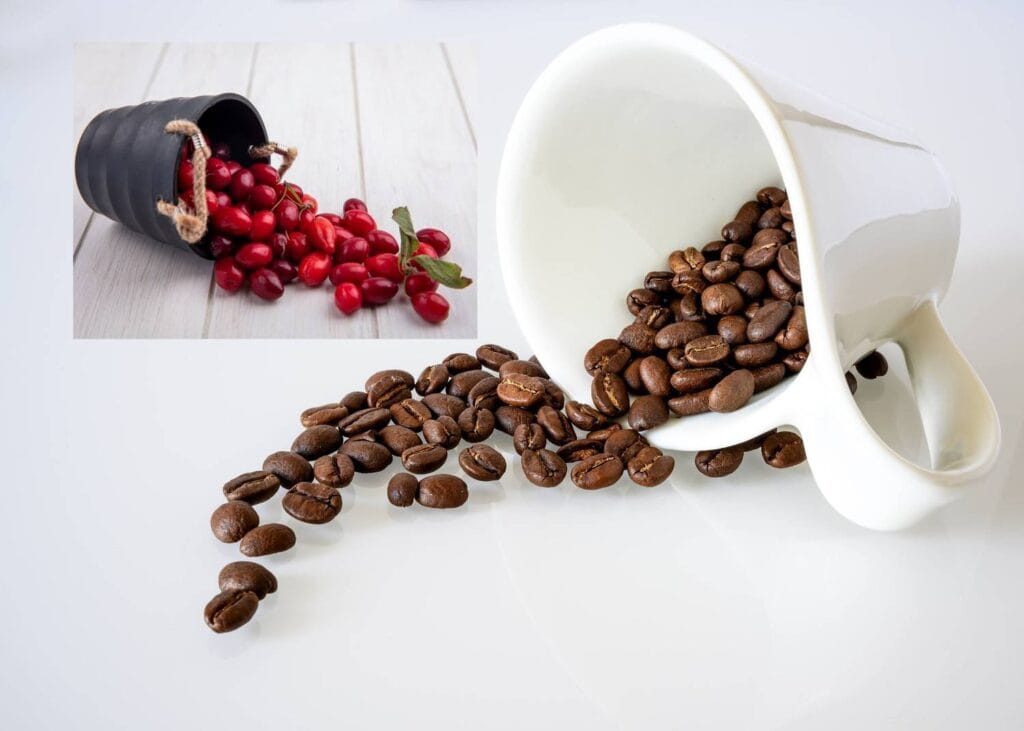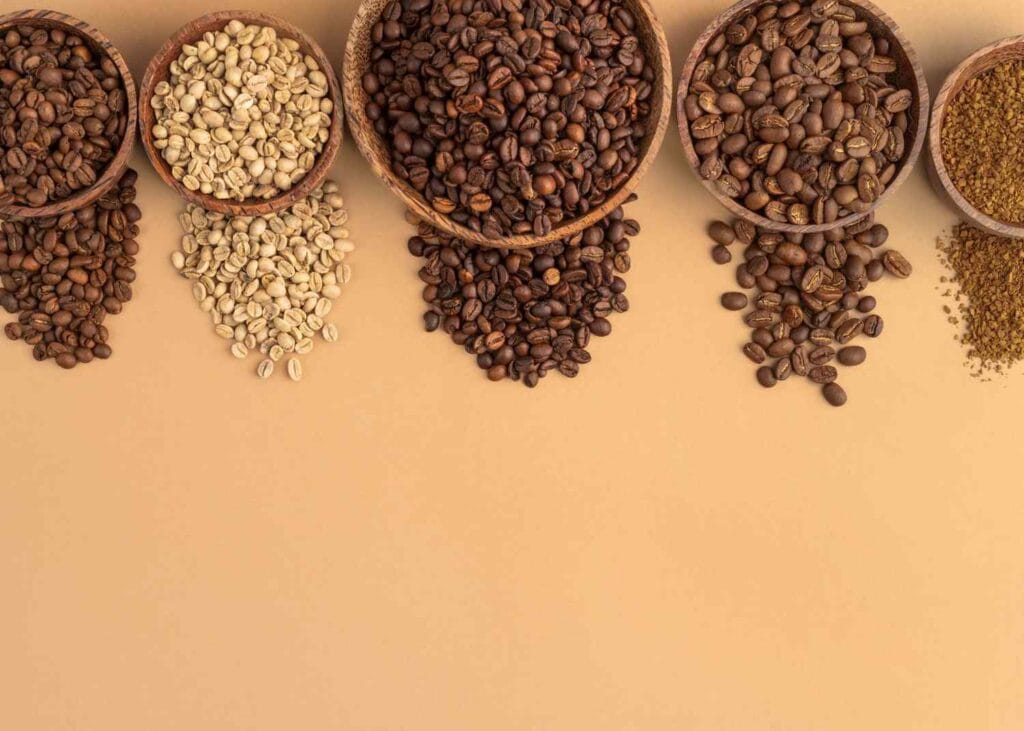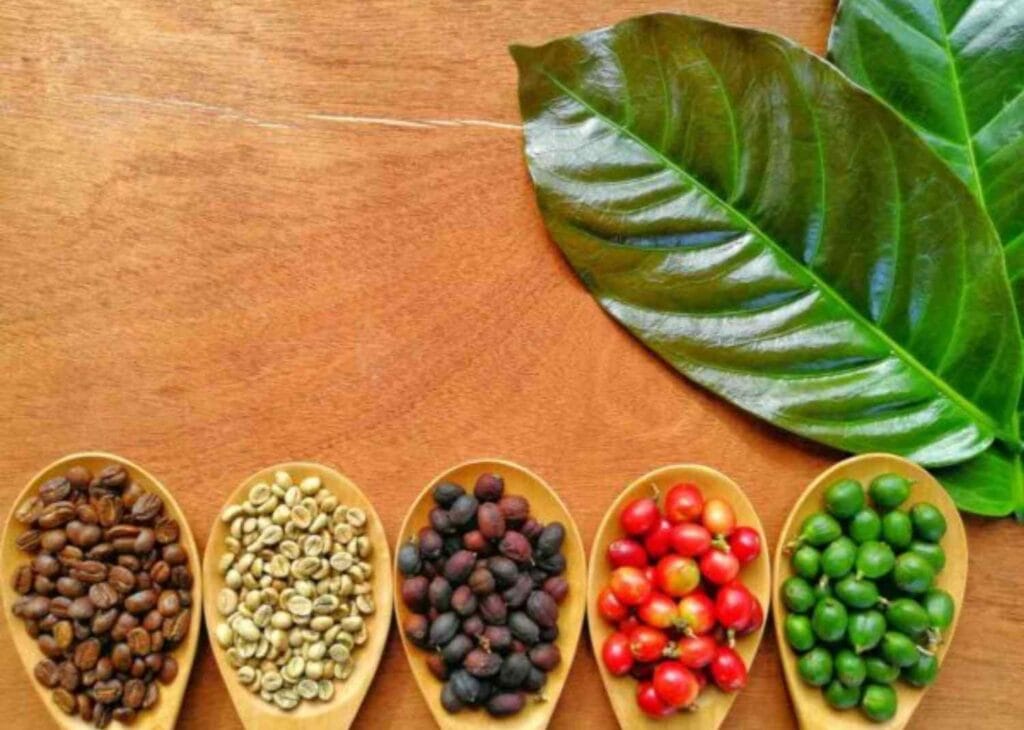Can You Grind Coffee Beans in a Blender? The Ultimate Guide
Coffee lovers can roast, grind, and brew coffee. This is my criteria to be a coffee enthusiast!
The process of grinding coffee is equally important as the quality of coffee beans for a good flavored cup of coffee. A simple question, I am sure you have in your mind too. Can you grind coffee beans in a Blender?
Yes, you can use a blender or a food processor to grind your coffee beans. But, keep in mind that it may not deliver the same results as a dedicated coffee grinder! But, a blender can do the job in a pinch.
No more wait, here’s everything you need to know to make it work.
Why Grind Coffee Beans with Blender?
This question comes with different situations in mind. You will blend your coffee beans with a blender if,
- You need coarser grinds for specific brewing methods
- You’re a beginner and don’t have a coffee grinder
- You’re traveling without your coffee grinder
- You’re in a pinch and need coffee ASAP
- Your grinder is broken or being repaired
- You just want to experiment
You might face one of these situations to grind your beans in a blender.
How to Grind Coffee Beans in a Blender?
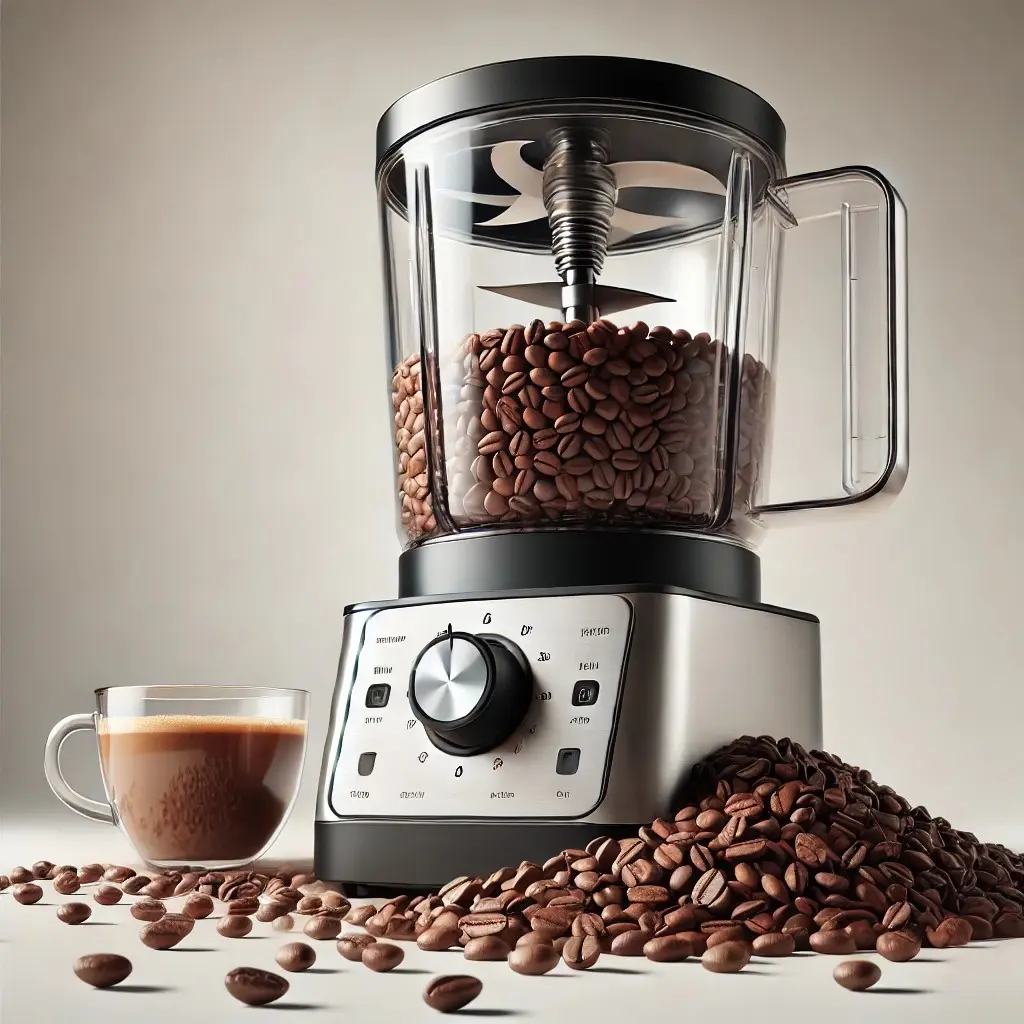
Before getting into the simple method of grinding coffee beans in a blender, make sure to check these points:
- Grind just before brewing your coffee as coffee grounds leave oils and result in flavor deficiency if left for more than 5 minutes.
- Don’t grind a hefty amount of beans at once. Only pick up the exact amount let’s say coffee beans for one cup (near 7-10gm or around 76 beans).
- Start by choosing the right type of blender. High-powered models like a Ninja blender are particularly effective because their sharp blades can crush coffee beans more evenly.
- Bullet blenders are another good option if you only need to grind a small amount of coffee.
Wait, You might be thinking, can you use a regular blender to grind coffee beans? Yes, you can grind your coffee beans even with a food processor. So, no worries about having a High-powered Blender. Above are just suggestions! Pick what you can afford.
Hand Blender: Is It an Option?

Can you use a hand blender to grind coffee beans?
Yes, but it’s tricky. A hand blender isn’t ideal because it scatters the beans, making it hard to get an even grind. However, if it’s all you have, use a tall container to keep the beans contained and blend in small bursts.
The Grinding Process
To begin, add a small portion of beans into the blender. On the safer side, it is recommended to use only 8-ounce beans in a blender. Overloading the blender can lead to uneven grinding and might even damage the blades. Now, push the button and start blending your beans.
Tip: Use the “pulse” setting rather than the continuous blending function. Pulse for three to five seconds at a time, pausing to check the consistency.
Repeat this process until the beans are ground to your desired texture. And you’re done! See how simple is grinding coffee beans with a blender. Let me leave the drawbacks behind. LOL!
- For French press coffee, aim for a coarse grind with visible chunks of beans.
- For drip coffee, a medium grind similar to granulated sugar works best.
- If you’re making cold brew, you’ll need a coarser grind to avoid over-extraction.
Uneven grinding is common when using a blender, so you might need to shake or tilt the blender to ensure the beans are evenly crushed. Once you’ve achieved the desired consistency, pour out the grounds and clean the blender thoroughly to remove any lingering coffee oils.
Grinding Freshly Roasted Coffee Beans
Bean freshness is everything!
So, Whether you’re using a coffee grinder or a traditional blender, always pick freshly roasted coffee beans. Some of you might know, that coffee starts staling and bitter after 3 weeks of roasting, even if you store it properly.
In case you don’t have freshly roasted beans (it’s obvious in most cases), go for finely roasted coffee beans.
Grinding Unroasted Coffee Beans
Avoid Grinding unroasted coffee beans in a grinder. Because they’re hard and can harm your blender.
Blender vs. Coffee Grinder
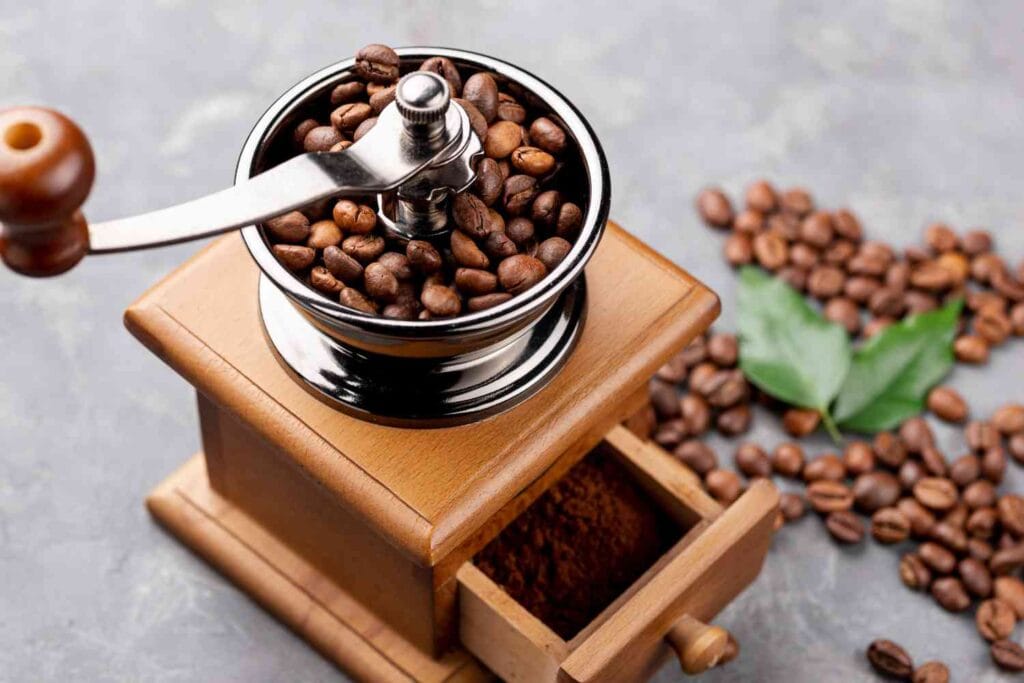
Here’s a short comparison of a Blender and Coffee Grinder for curious minds!
A coffee grinder is designed to grind beans evenly. No matter which brewing method is your choice, If you own a coffee grinder, you’re worry-free. For Example, a burr grinder is a good choice for grinding your coffee beans. With a coffee grinder, you have control over the grind size that truly impacts the flavor of your cup of coffee.
In contrast, a blender uses spinning blades to chop and crush the beans, which can result in uneven grounds.
While this inconsistency might not be ideal for every brewing method, a blender can still produce a grind good enough for a flavorful cup of coffee.
| Did You Know? |
|---|
| According to Statista, In 2025, The Coffee Machines market worldwide is projected to generate a revenue of US$12.96bn. |
Other Ways to Grind Coffee Beans Without a Grinder
If a blender isn’t your style, here are other options:
- Mortar and Pestle: Crush the beans manually for better control over the grind size.
- Food Processor: Similar to a blender, but may offer slightly more consistent results.
- Rolling Pin: Place the beans in a bag and crush them by rolling firmly.
How Many Seconds Should You Grind Coffee Beans?
How long you grind the beans depends on your brewing method and the texture you’re aiming for. It typically takes 15 to 30 seconds to pulse in a blender to achieve a medium grind suitable for drip coffee.
If the beans are under-ground, your coffee will be weak, as the water won’t extract enough flavor. On the other hand, over-ground beans can lead to overly bitter coffee, especially for methods like a French press or cold brew.
What Happens If You Don’t Grind Coffee Beans Enough?
If the beans aren’t ground enough, the coffee may taste watery or flat because the water can’t extract enough flavor from the coarse chunks. Proper grinding is crucial to ensure that the brewing method you’re using extracts the right balance of flavors, oils, and aromas.
The Final Sip
So, guys, Yes, you can grind coffee beans with a blender or without a grinder. While a blender isn’t a perfect substitute for a coffee grinder, it’s a practical alternative for those times when you don’t have one on hand.
With a little effort and attention to detail, you can grind your coffee beans and enjoy a flavorful cup of French press, cold brew, or drip coffee.
I would suggest experimenting with the process. I am sure, the results will be interesting for you. So, grab those beans, start blending, and enjoy your coffee!
FAQs About Grinding Coffee in a Blender
What Is the Best Way to Grind Coffee Beans?
Using a burr grinder is the best option to have a evenly ground coffee. Moreover, this coffee grinder is perfect for any brewing method.
Can you grind coffee beans in a food processor?
Yes, but like a blender, it may result in uneven grounds. Shake the processor occasionally to improve consistency.
What’s the best way to grind coffee beans without a grinder?
If you don’t have a grinder, you can use a blender, food processor, or a mortar and pestle to grind coffee beans effectively.
Can you use a Ninja or Bullet blender for coffee beans?
Absolutely! Both are effective for grinding small amounts of beans. Just be sure to use the pulse mode for better control.
